In July 2024, 50,000 protesters marched through Mallorca with a clear message: tourists go home.
Your Instagram post of that perfect sunset or hidden beach doesn’t just get likes. It gets thousands of people to visit the same spot. And that’s destroying communities around the world.
What happens when a quiet village suddenly gets 70,000 visitors a year? When sacred sites become selfie factories? When locals can’t afford to live in their own hometowns anymore?
You’ll see exactly how Instagram fame turned 19 beautiful places into overcrowded disasters. More importantly, you’ll learn what’s being done to fix it.
1. Santorini, Greece
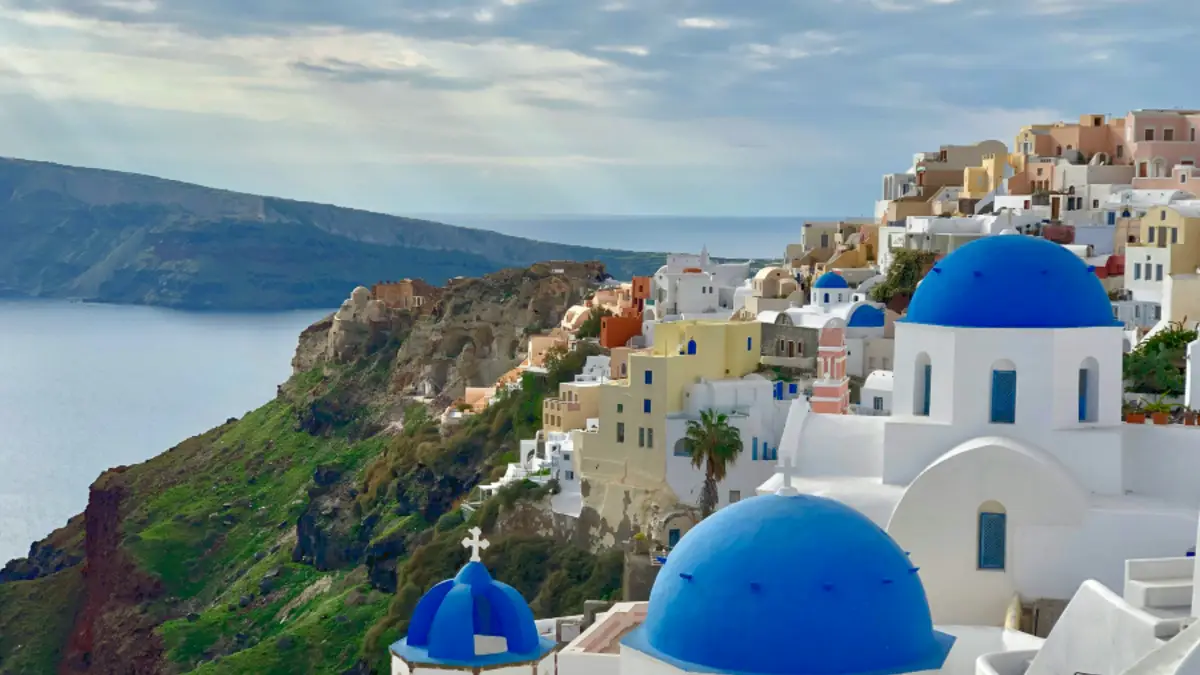
The white-washed buildings and blue domes look perfect on Instagram. That’s the problem. Santorini gets 3.4 million visitors every year now. On July 15, 2024, 11,000 cruise ship tourists arrived in one day. The island only has 20,000 residents.
Local officials told people to stay inside because the streets were too crowded to walk. Imagine not being able to leave your house because of tourists. Water shortages happen every summer. Housing prices shot up 300% in five years. Young locals can’t afford to live where they grew up.
The government now limits cruise ships to 8,000 passengers per day. But that still means 40 tourists for every local person. The island is literally sinking under the weight.
2. Maya Bay, Thailand
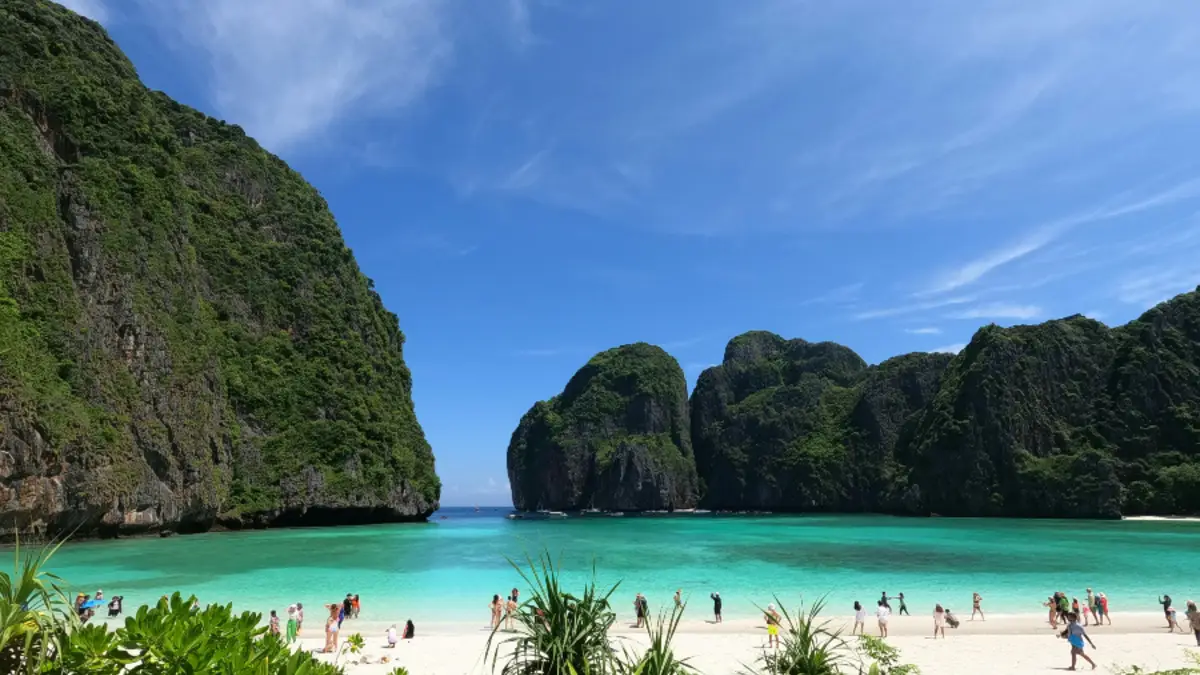
Remember the beach from Leonardo DiCaprio’s movie “The Beach”? Instagram made it famous again. Then it almost died. 7,000 tourists visited every single day. Speedboats destroyed the coral. Only 8% of the reef survived.
The Thai government did something extreme. They closed the entire bay for four years. It cost them $300 million in lost tourism money. But it worked. Fish populations grew by 200%. Sharks came back after disappearing completely.
Maya Bay reopened in 2022 with strict rules. Only 375 people per hour can visit. No swimming allowed. No boats can touch the beach. Rangers watch everything. The reef is healing, but it will take decades to fully recover.
3. Antelope Canyon, Arizona
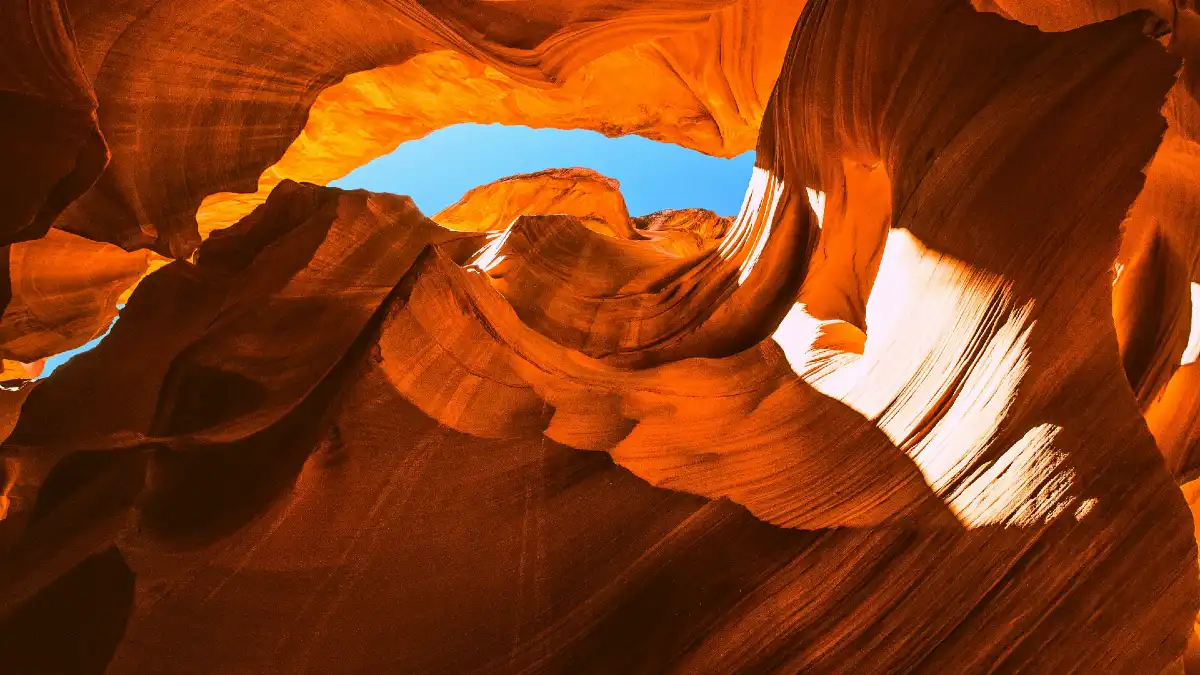
This slot canyon is sacred to the Navajo people. It’s also Instagram gold. Google searches for Antelope Canyon increased 660% since Instagram launched. Tour prices jumped from $15 in 2006 to $78 today.
The canyon gets so crowded that people wait five hours even with advance bookings. Photography tours that once cost $30 now cost $200. The Navajo Nation had to stop deluxe photo tours completely because of bottlenecks.
Sacred ceremonies can’t happen anymore because of tourist crowds. The narrow canyon walls get damaged by camera equipment. Visitors leave trash and ignore cultural guidelines. What was once a spiritual place is now a photography factory with a five-hour line.
4. Finnich Glen, Scotland
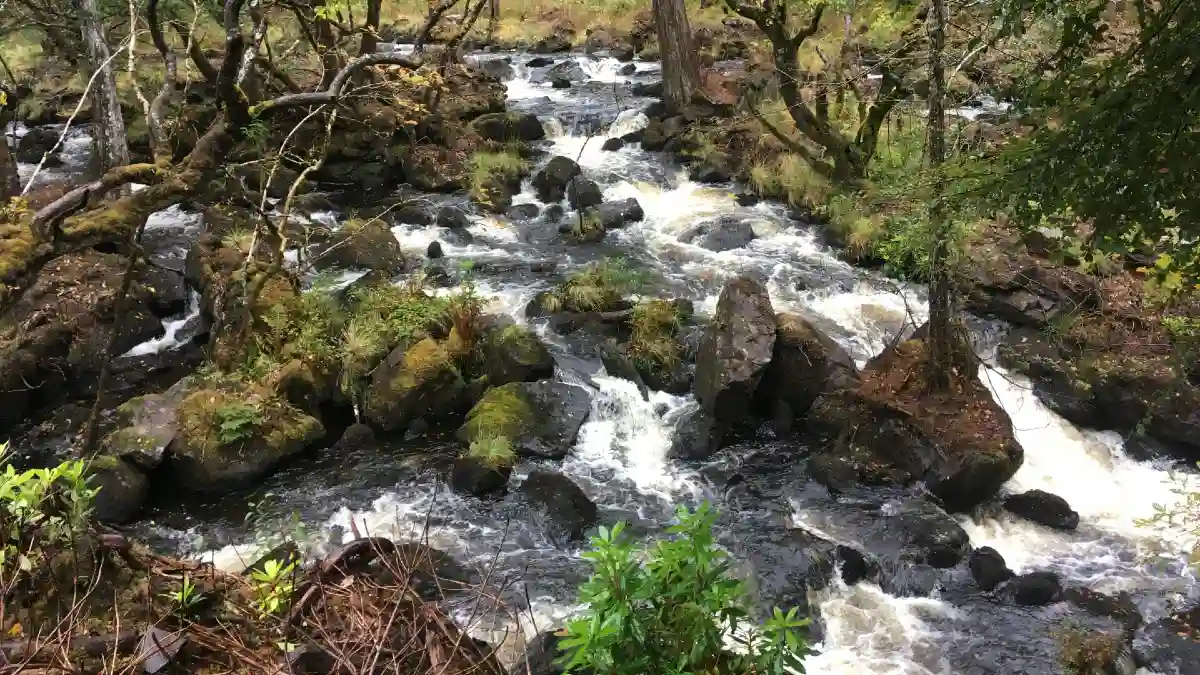
This hidden gorge was peaceful until Outlander fans found it on Instagram. Now 70,000 people visit every year. That’s ten times more than before the show aired. The small Scottish community wasn’t ready.
Rock formations are smashed from people climbing for photos. Ancient woodland is trampled. Stone steps collapsed from overuse. Sheep have been killed by unleashed dogs. Trees get cut down so people can get better camera angles. Visitors use farmers’ fields as toilets.
Local councils spend thousands fixing damage every month. They installed porta-potties and warning signs. But with no entrance fees, there’s no money to maintain the site properly. The community feels like they’re fighting a losing battle.
5. Joshua Tree National Park, California
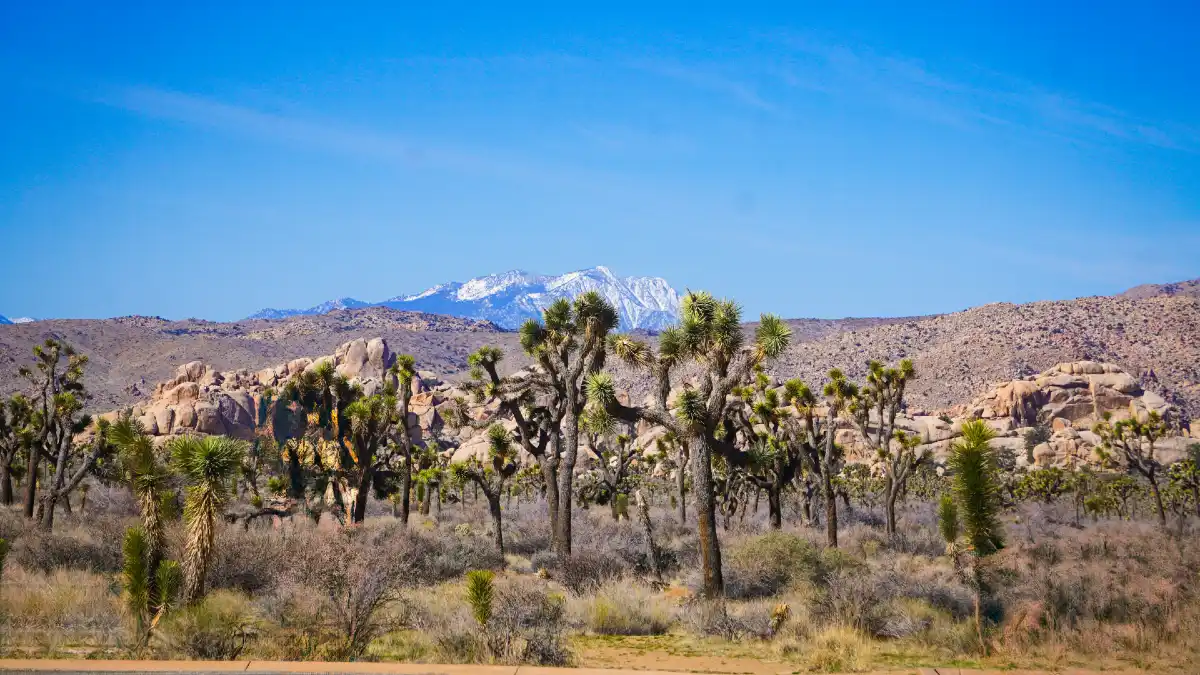
These twisted desert trees take 50 years to grow. Instagram yoga poses are killing them in minutes. People climb on the shallow root systems for photos. During the 2019 government shutdown, visitors actually cut down Joshua trees for campsites.
The park spends huge amounts cleaning graffiti off rocks. Influencers bring props and leave them behind. Off-trail hiking damages fragile desert ecosystems that take decades to recover. Rangers now patrol popular Instagram spots constantly.
Park officials launched education campaigns about desert conservation. They closed some areas to protect sensitive plants. Fines for damaging Joshua trees start at $5,000. But enforcement is hard when millions of people visit every year for the perfect desert shot.
6. Venice, Italy
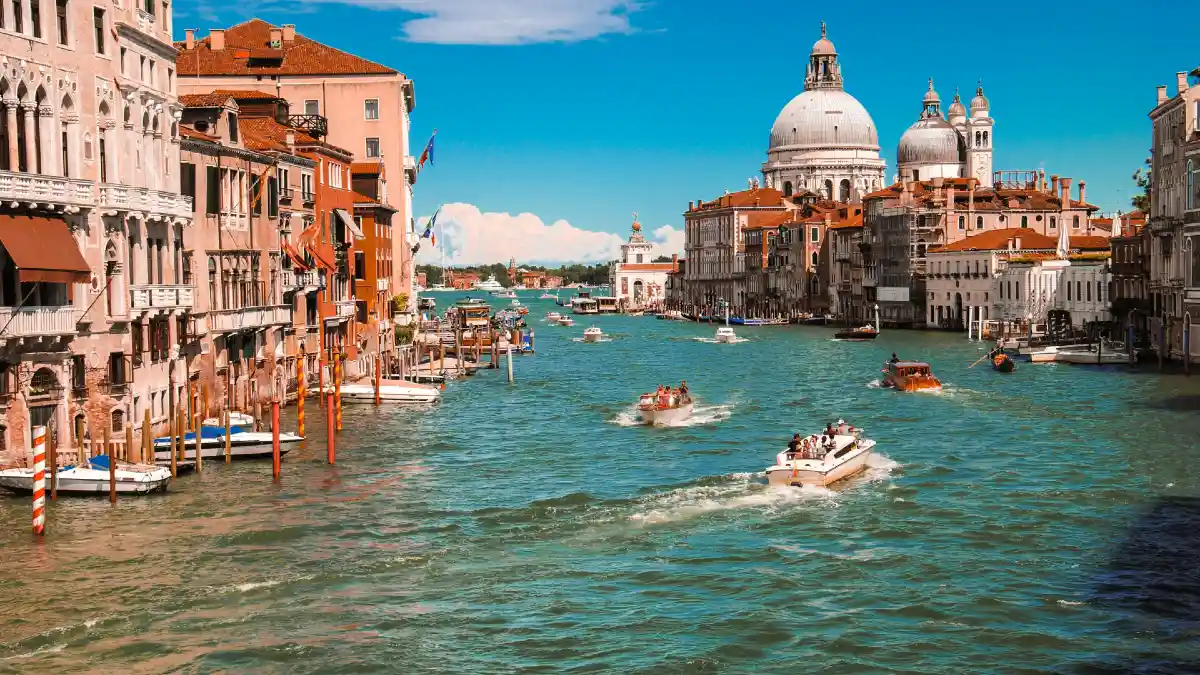
Venice created the world’s first day-tourist tax because Instagram crowds were destroying the city. The €5 advance booking fee (€10 for last-minute entries) started in 2024. They collected €5.4 million from 723,497 visitors in 2025 alone.
Residents can’t afford to live in their own city anymore. Housing gets converted to short-term rentals for tourists. The population dropped from 175,000 in 1951 to just 50,000 today. Local shops close because they can’t compete with souvenir stores.
The city is literally sinking, and tourist crowds make it worse. Cruise ships damage the lagoon ecosystem. The tax is just the first step. Venice is considering visitor caps and banning large cruise ships completely. Some residents want to limit tourists to 25,000 per day.
7. Peak District, England
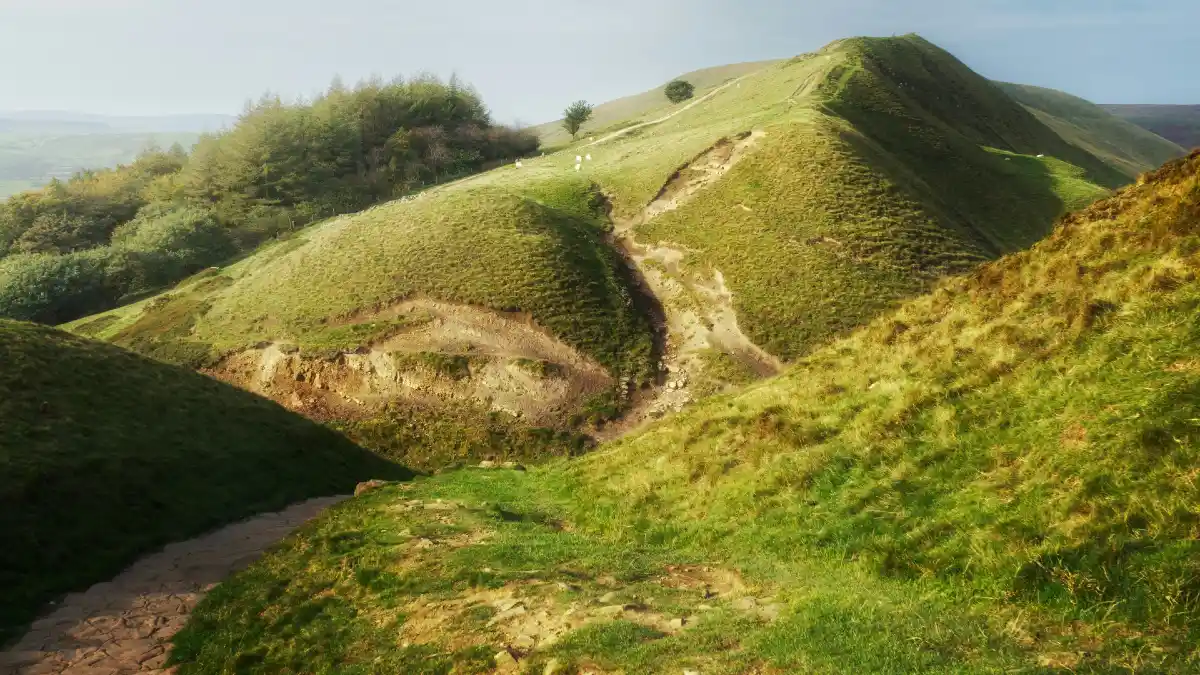
The Trinnacles rock formation looks amazing on Instagram. It’s also incredibly dangerous. Hundreds of people attempt risky climbs every weekend for social media content. Mountain rescue teams respond to serious spinal and head injuries regularly.
People ignore safety warnings for the perfect shot. They wear inappropriate footwear and bring no safety equipment. Rescue operations cost taxpayers thousands of pounds. QR codes with safety warnings now mark dangerous spots.
Local authorities considered closing access completely. Instead, they invested in better signage and education. But every viral Instagram post brings more risk-takers. The community struggles to balance access with safety as people literally risk death for likes.
8. Dark Hedges, Northern Ireland
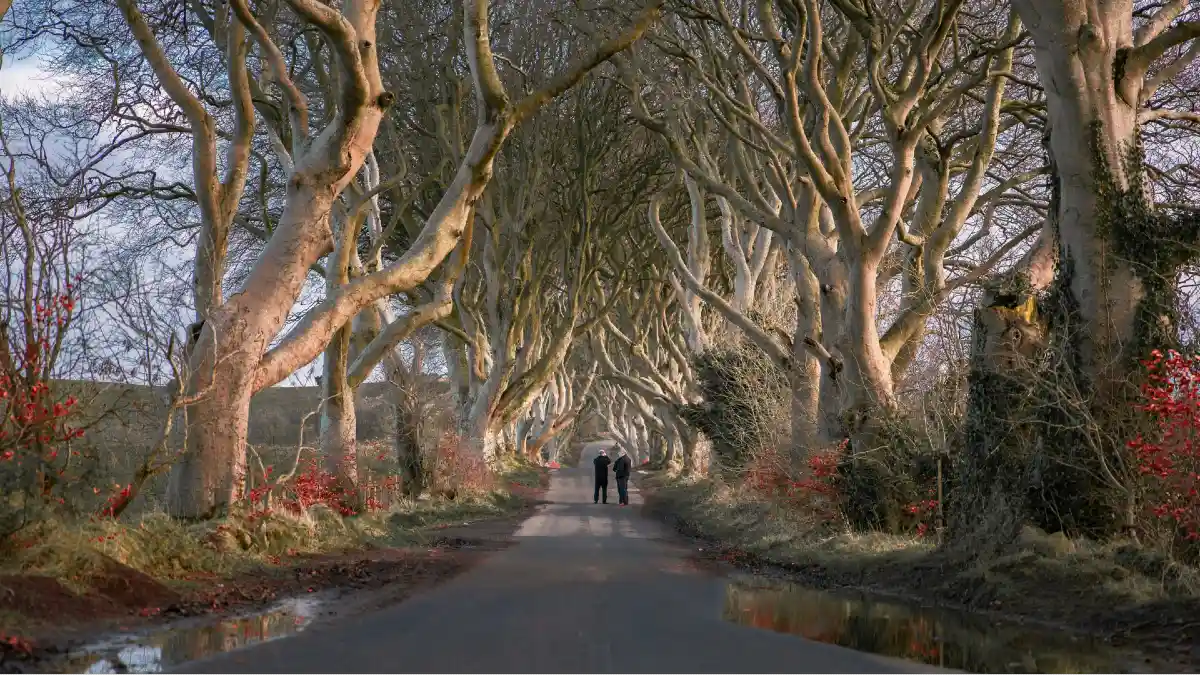
This tunnel of beech trees appeared in Game of Thrones. Now it has 76,000 Instagram posts. The 18th-century trees are dying from tourist pressure and selfie-stick damage. Roots get trampled. Bark gets carved with initials.
Traffic became so dangerous that authorities closed the road through the trees. Tour buses couldn’t fit anyway, but they tried. The narrow country road was never meant for mass tourism. Local residents became prisoners in their own homes.
The Dark Hedges Preservation Trust was formed to protect the remaining trees. They planted new hedges away from the road. But the original avenue may not survive another decade of Instagram tourism. Some of the oldest trees are already beyond saving.
9. Durdle Door, England
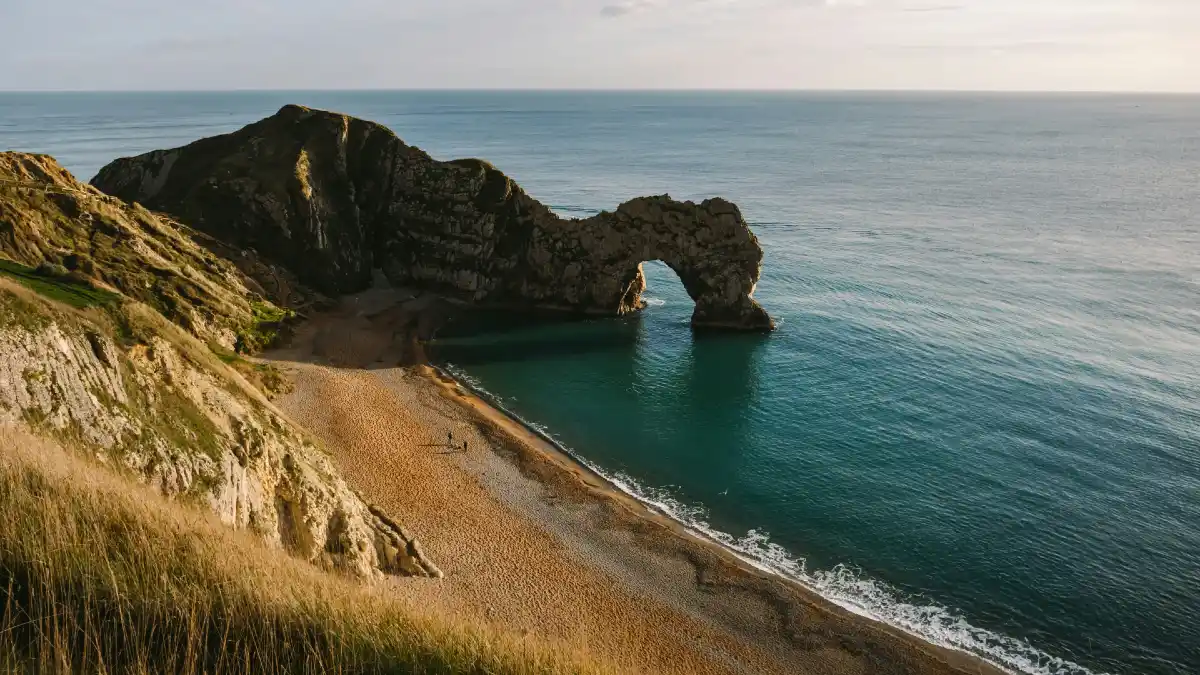
This natural limestone arch has 310,000 Instagram posts. During COVID lockdowns, it became completely overwhelmed. Visitors left human waste, dirty diapers, and mountains of litter. People injured themselves “tombstoning” – jumping off cliffs for dramatic photos.
Emergency services responded to multiple water rescues every weekend. The coastguard issued safety warnings that people ignored for social media content. Local communities couldn’t leave their homes because of traffic and parking chaos.
Dorset Council installed extra toilets and hired more rangers. They launched safety campaigns about cliff jumping dangers. But viral TikTok videos keep bringing more risk-takers. The beautiful coastline is being loved to death by people who don’t understand the dangers.
10. Old Man of Storr, Scotland
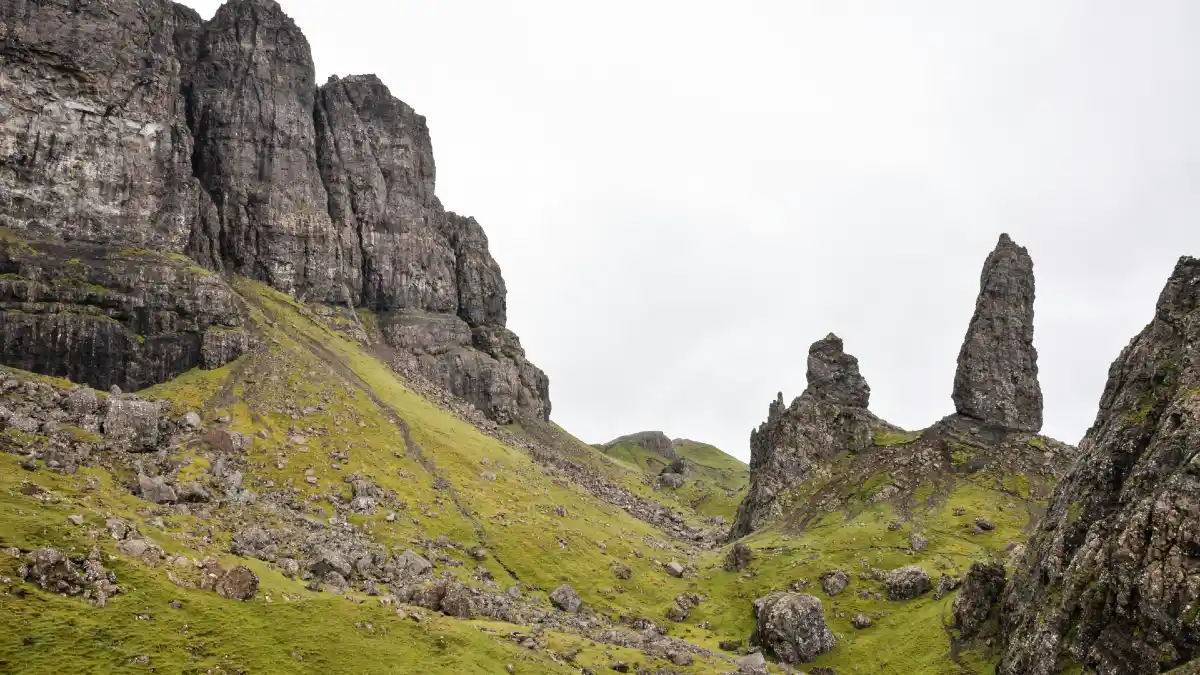
This rocky outcrop on the Isle of Skye has 91,000 Instagram posts and 8 million TikTok views. The government spent £1 million rebuilding paths destroyed by overtourism. They created the MySkyeTime app to redirect visitors to less busy spots.
Coaches dump hundreds of tourists who aren’t prepared for Scottish weather. Rescues happen weekly when people get lost or injured. The fragile landscape gets damaged by people leaving marked trails for better photos.
Local communities can’t access their own countryside because of tourist crowds. Traffic jams last for hours on single-track roads. The MySkyeTime app helps, but many visitors ignore the recommendations. The island infrastructure was never designed for this many people.
11. Pen y Fan, Wales
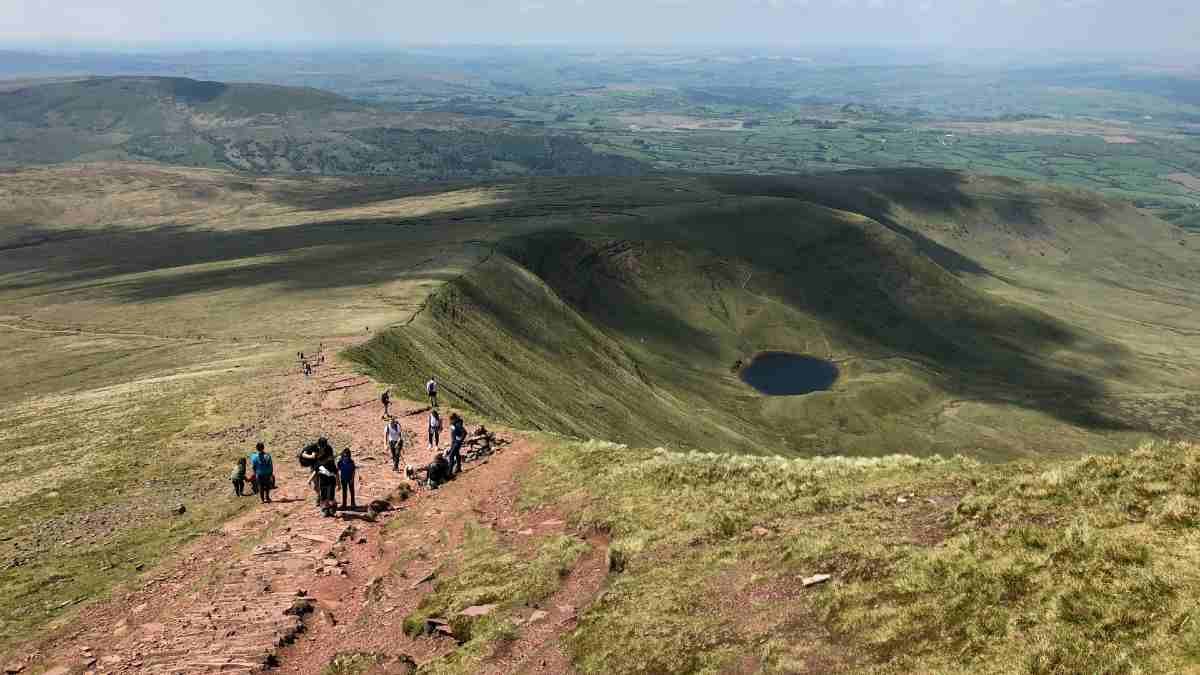
Wales’ highest peak has 181,000 Instagram posts. On busy days, people queue 30 minutes just for a summit selfie. Police issued safety warnings about overcrowding and parking problems in April 2024.
Mountain rescue teams respond to dozens of callouts from unprepared Instagram hikers. People attempt the climb in flip-flops and shorts. They bring no water or warm clothes. The summit gets so crowded that people push for photo spots.
The Brecon Beacons National Park (now Bannau Brycheiniog) launched education campaigns about mountain safety. They improved parking and added more rangers. But every viral post brings more unprepared hikers who put themselves and rescuers at risk.
12. Barcelona, Spain
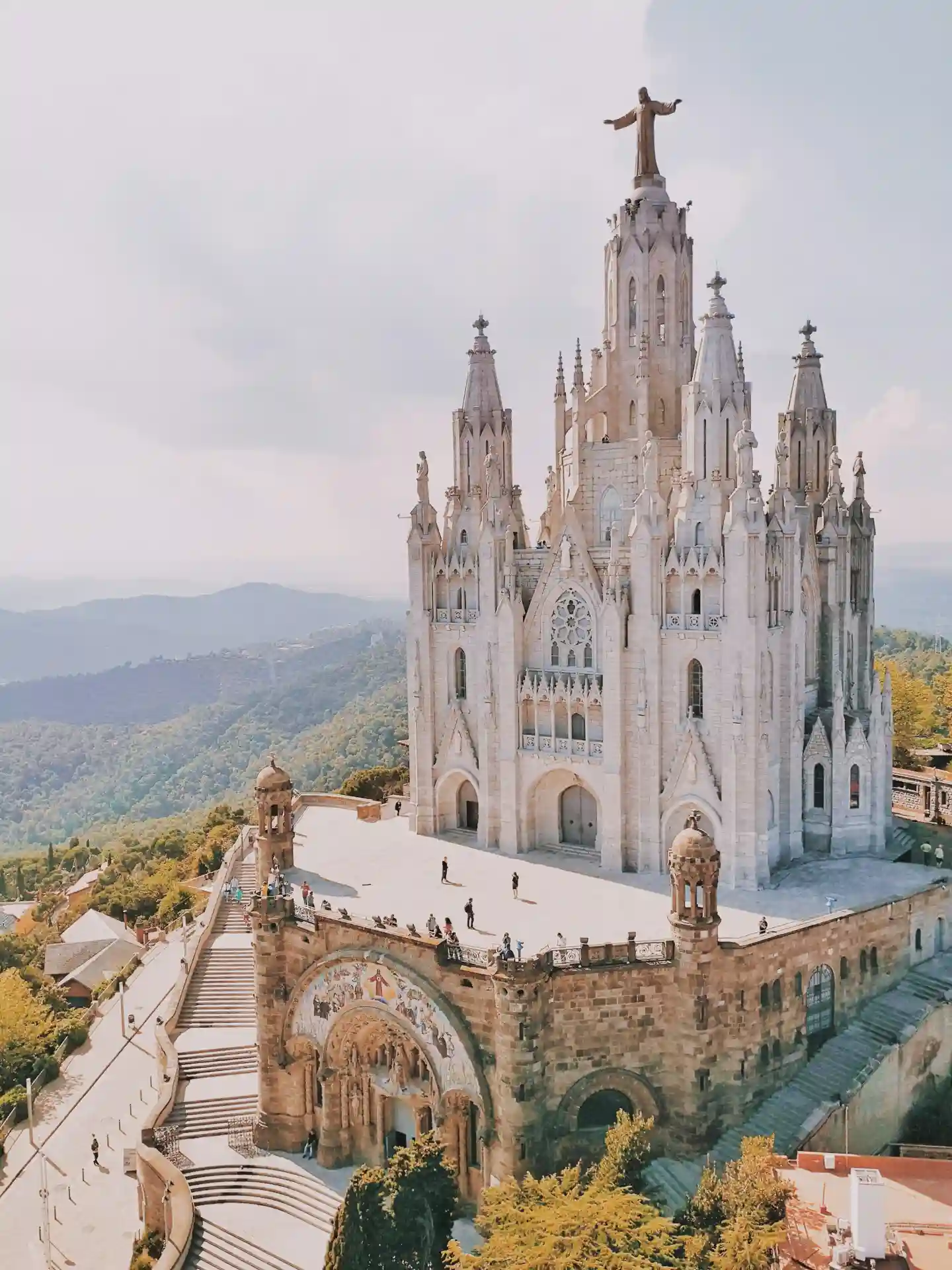
Barcelona residents attacked tourists with water guns in July 2024. They’re tired of being priced out of their own city by Instagram tourism. Housing costs increased 40% in tourist areas between 2015-2024 due to short-term rental conversions.
The city announced a complete phase-out of short-term rentals by 2028. Tourist taxes increased from €3.25 to €4 per night, with plans to reach €8 by 2029. The goal is returning 10,000 apartments to long-term rental markets.
Local protests target restaurants and tourist areas with “tourists go home” messages. Residents feel like they’re living in a theme park instead of a real city. Barcelona’s tourism success became its biggest problem as Instagram made it too popular for locals to afford living there.
13. Tulum, Mexico
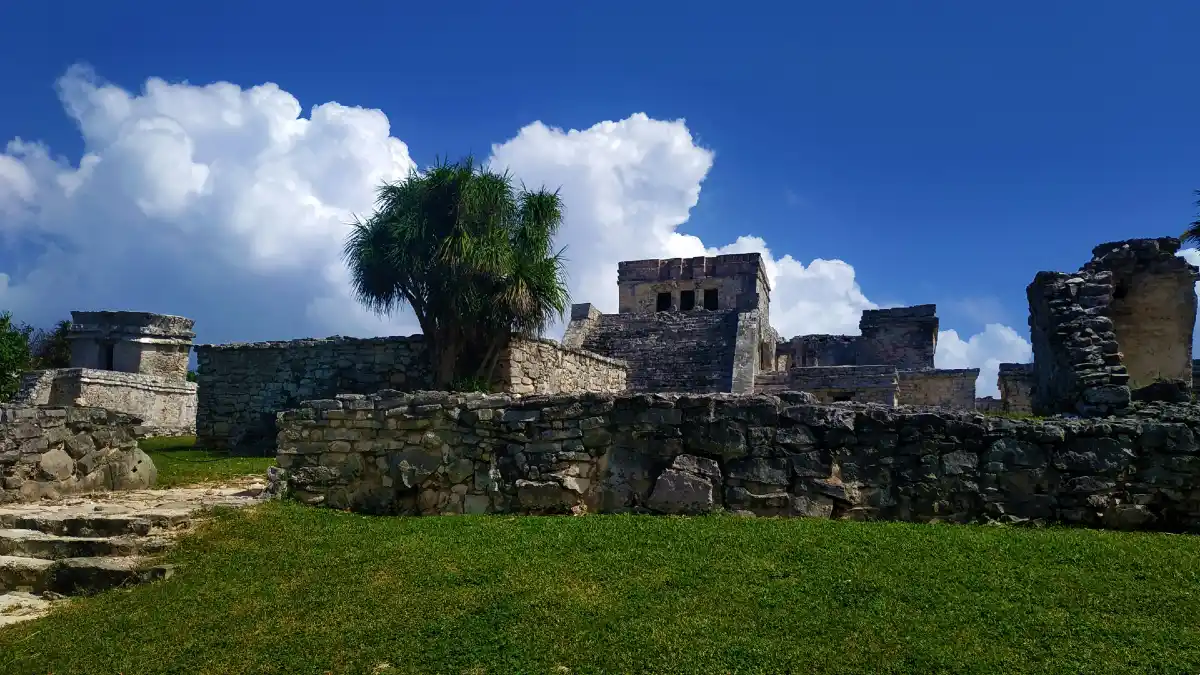
Tulum’s Instagram-perfect beaches hide a sewage crisis. The town’s infrastructure can’t handle the massive tourism growth since 2020. Water systems are contaminated with human waste from overwhelmed treatment plants.
Cenotes (natural swimming holes) that were pristine for centuries are now polluted. Beach clubs dump waste into groundwater. Construction for Instagram-worthy hotels destroys mangrove ecosystems that protect the coastline.
Local Mayan communities have been pushed out by gentrification. Water becomes scarce as luxury hotels use it for infinity pools and Instagram photoshoots. The Mexican government is scrambling to build new waste treatment facilities, but they’re years behind the tourism growth.
14. Lempuyang Temple, Bali
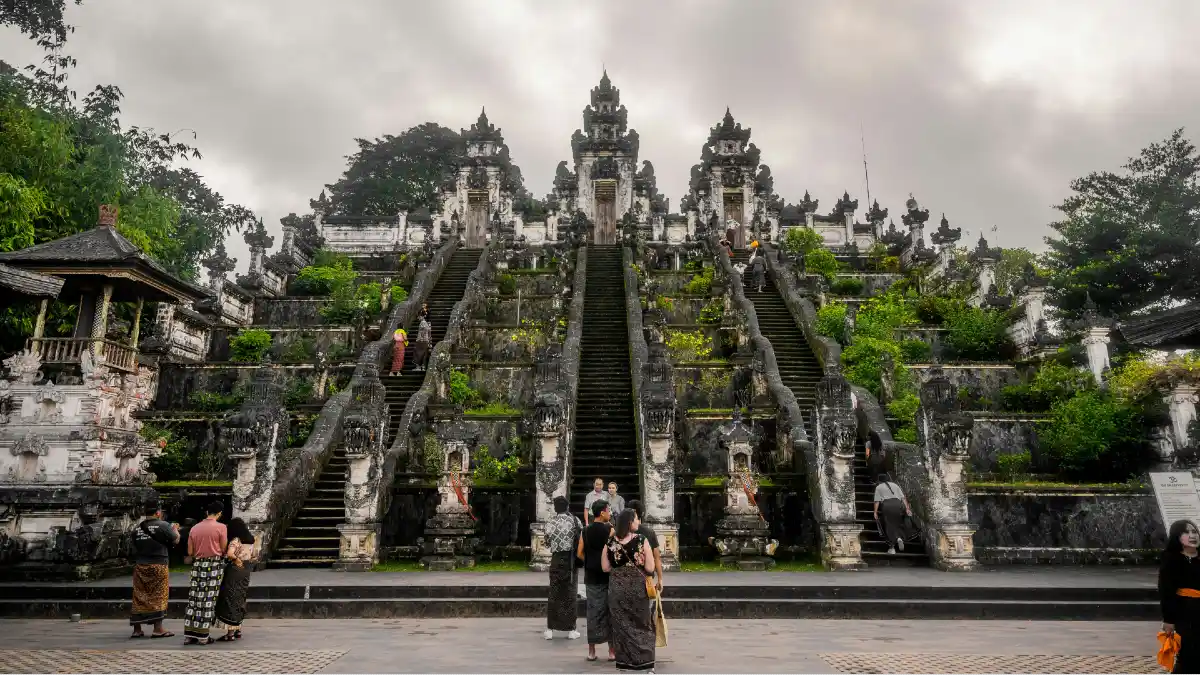
The viral “Gates of Heaven” photos were fake. Influencers placed mirrors under their iPhones to create perfect reflections. But millions of visitors didn’t know that. The sacred Hindu temple became a photography factory processing thousands of tourists daily.
Temple ceremonies get interrupted for photo shoots. Sacred areas are treated like backdrops. Local priests struggle to maintain spiritual practices amid constant tourist crowds. The temple’s religious purpose gets lost in Instagram content creation.
Indonesian authorities now regulate photography times and require guides for visitors. They’re educating tourists about Hindu customs and temple etiquette. But the damage to the site’s sacred atmosphere may be permanent as it’s now known more for fake photos than spiritual significance.
15. Oaxaca, Mexico
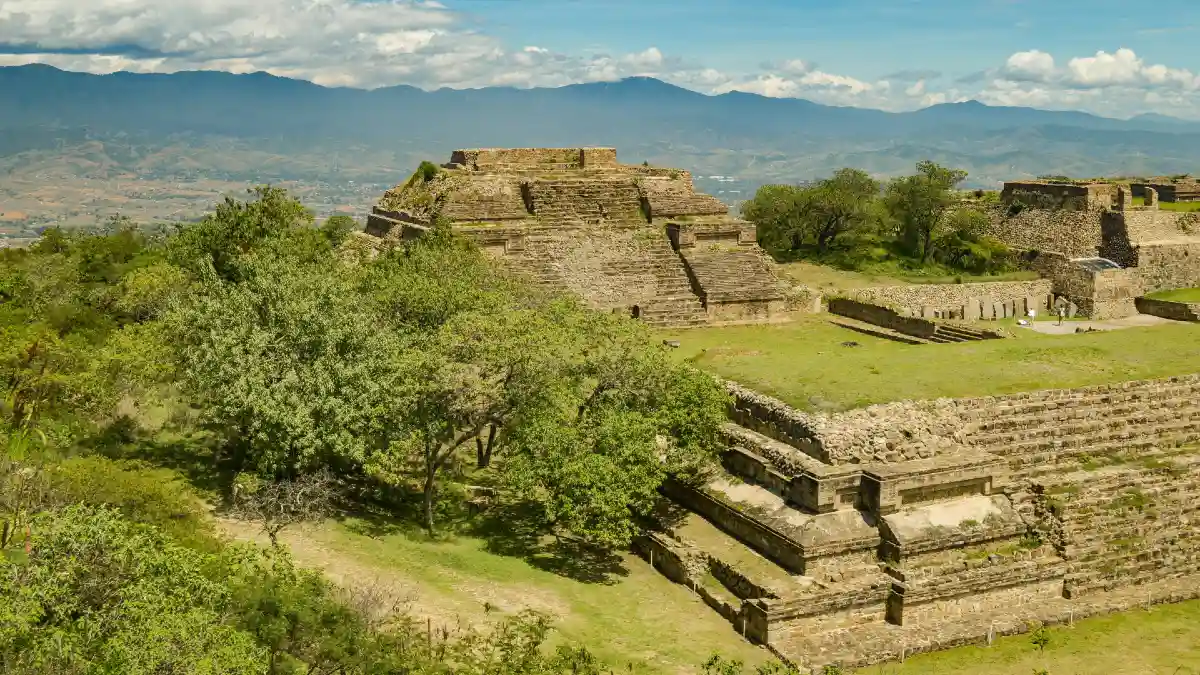
This UNESCO World Heritage city saw 77% visitor increase since 2020, driven by Instagram food and culture content. Housing prices doubled in the historic center. Local families can’t afford rent anymore.
Digital nomads and tourists price out residents who’ve lived here for generations. Traditional markets get replaced by Instagram-friendly cafes. Local culture becomes performance for tourist content rather than authentic community practice.
Hundreds of residents protested in January 2024 against gentrification. They want rent controls and limits on short-term rentals. The city struggles to balance cultural preservation with tourism income as Instagram popularity transforms their historic community.
16. Canary Islands, Spain
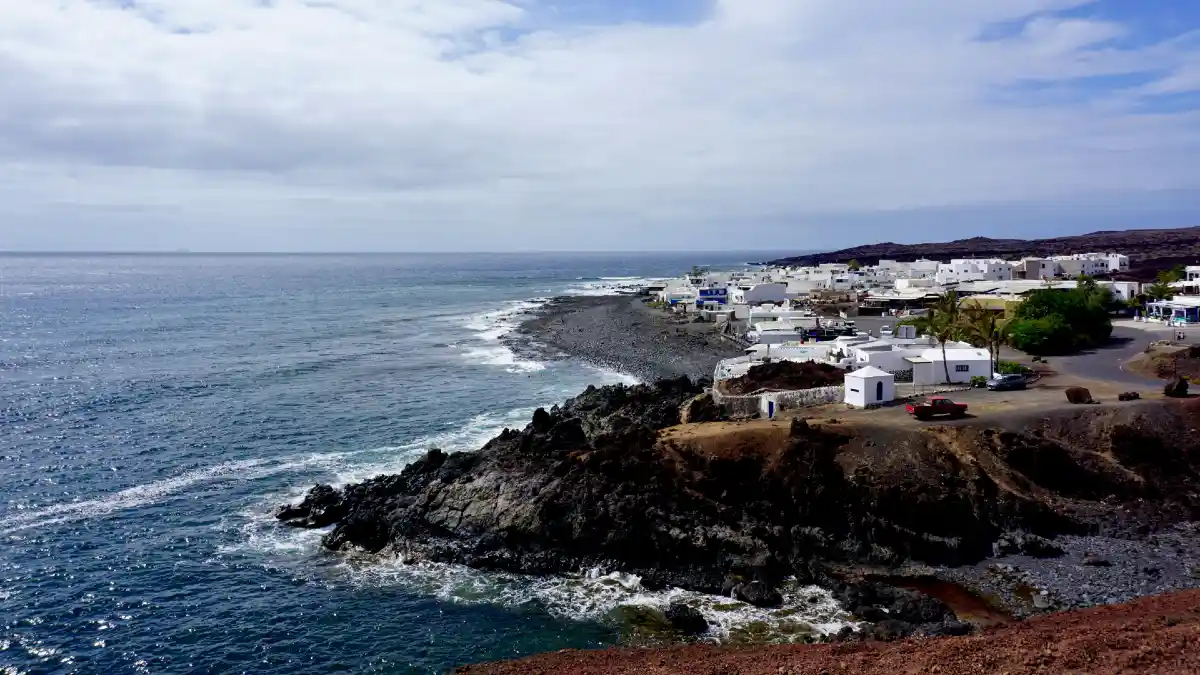
57,000 residents protested in April 2024 demanding tourist caps and environmental taxes. The islands receive 16 million visitors annually – more than 50 times the local population. Water shortages happen regularly.
Construction of new hotels destroys natural habitats. Waste systems can’t handle tourist volumes. Beaches become overcrowded, and marine life suffers from pollution and boat traffic. Housing costs force locals to move away from their birthplace.
The regional government is considering visitor limits and higher tourist taxes. They want to shift from quantity to quality tourism. But the islands’ economy depends on tourism, making change politically difficult. Residents feel trapped between economic necessity and environmental destruction.
17. Porthcurno, Cornwall
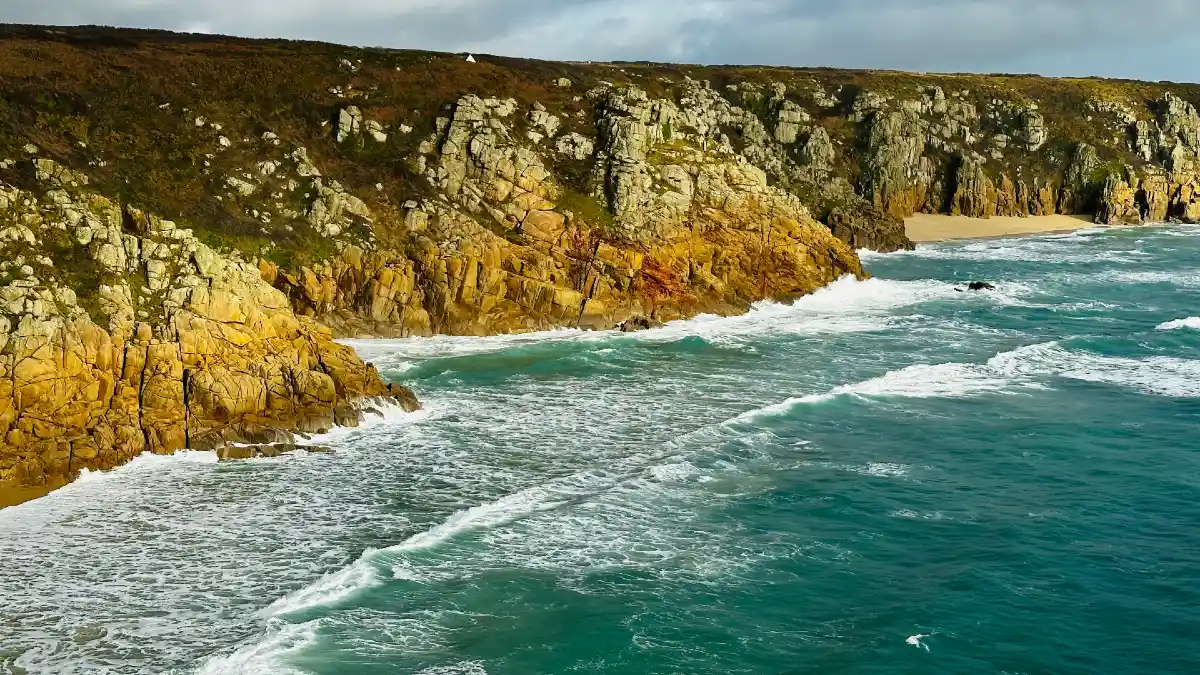
This small Cornish beach has 55,000 Instagram posts and 10.2 million TikTok views. The village has 150 residents but gets thousands of daily visitors in summer. Single-track roads become impassable with traffic jams.
Police issue regular warnings about dangerous parking and overcrowding. Emergency vehicles can’t reach accidents because of tourist cars. Local businesses run out of food and water from unexpected crowds following viral posts.
Cornwall Council added extra parking and toilet facilities. They launched campaigns asking tourists to visit during off-peak times. But viral social media posts don’t follow schedules. The community feels helpless against sudden influxes that shut down normal life.
18. Sólheimasandur, Iceland
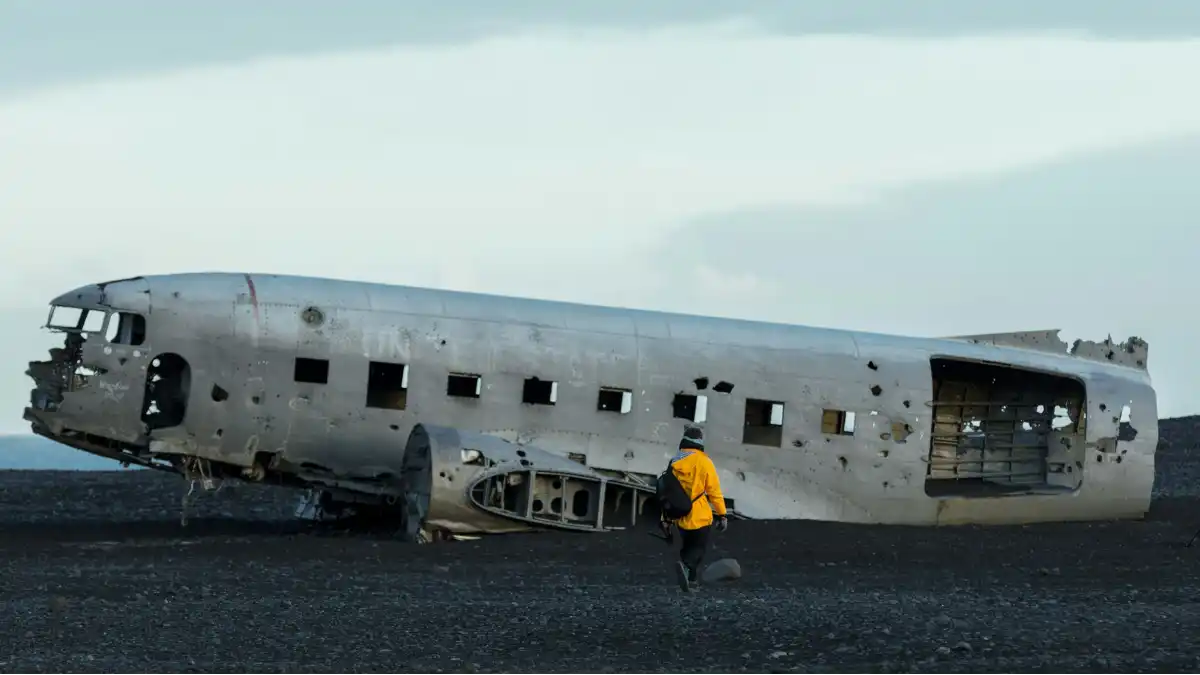
The famous crashed airplane from Instagram photos sits on a black sand beach. Authorities closed vehicle access after tourists damaged the wreck with graffiti and theft. Now it’s a 4-mile walk across dangerous terrain.
People attempt the hike in inappropriate clothing and weather conditions. Rescues happen regularly when tourists get caught in sudden storms. The airplane itself gets vandalized by people carving names and taking parts as souvenirs.
Iceland invested in better trail marking and safety information. They hired rangers during peak season. But Instagram’s popularity turned what was once a challenging adventure into a mainstream destination that many visitors aren’t prepared for.
19. Mallorca, Spain
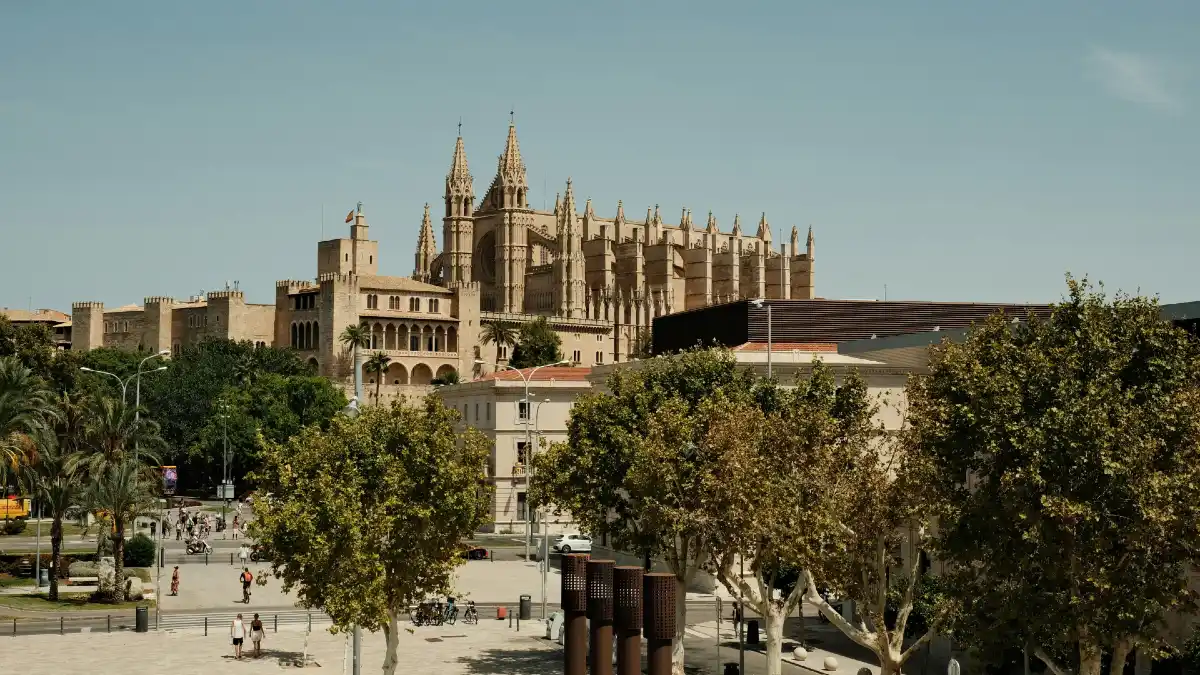
50,000 protesters marched through Palma in July 2024 demanding new tourism models. They carried signs saying “Mallorca is not for sale” and “Tourists go home.” The island gets 18 million visitors annually – more than 20 times its population.
Housing prices increased 300% in coastal areas. Young locals can’t afford to live where they grew up. Water becomes scarce during summer when tourist consumption peaks. Infrastructure designed for 900,000 people serves millions more.
The Balearic government is considering visitor caps and environmental taxes. They want to limit cruise ship passengers and regulate short-term rentals. But tourism provides 45% of the island’s economy. Finding balance between economic survival and community preservation becomes the biggest challenge of the Instagram age.
